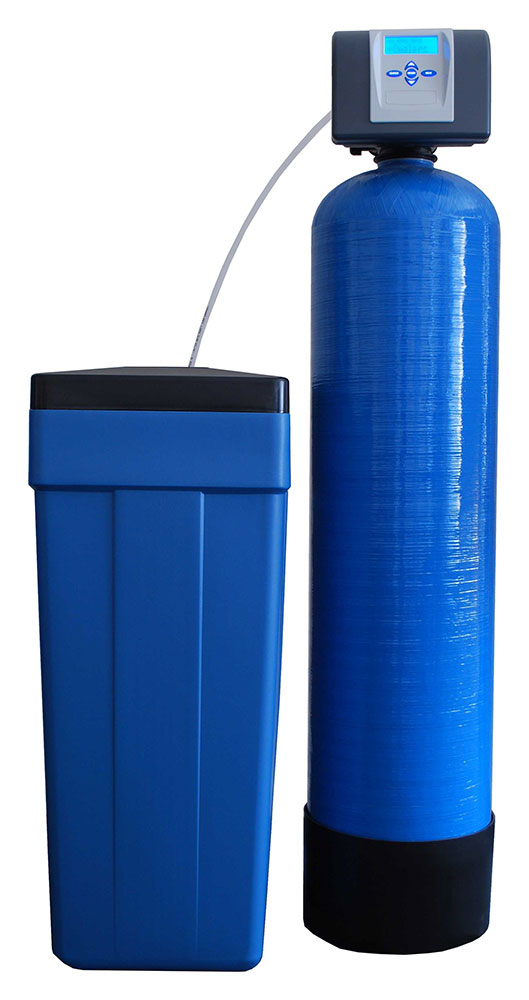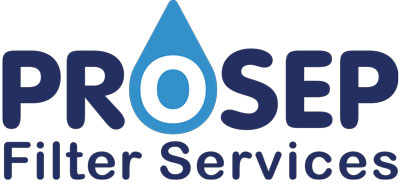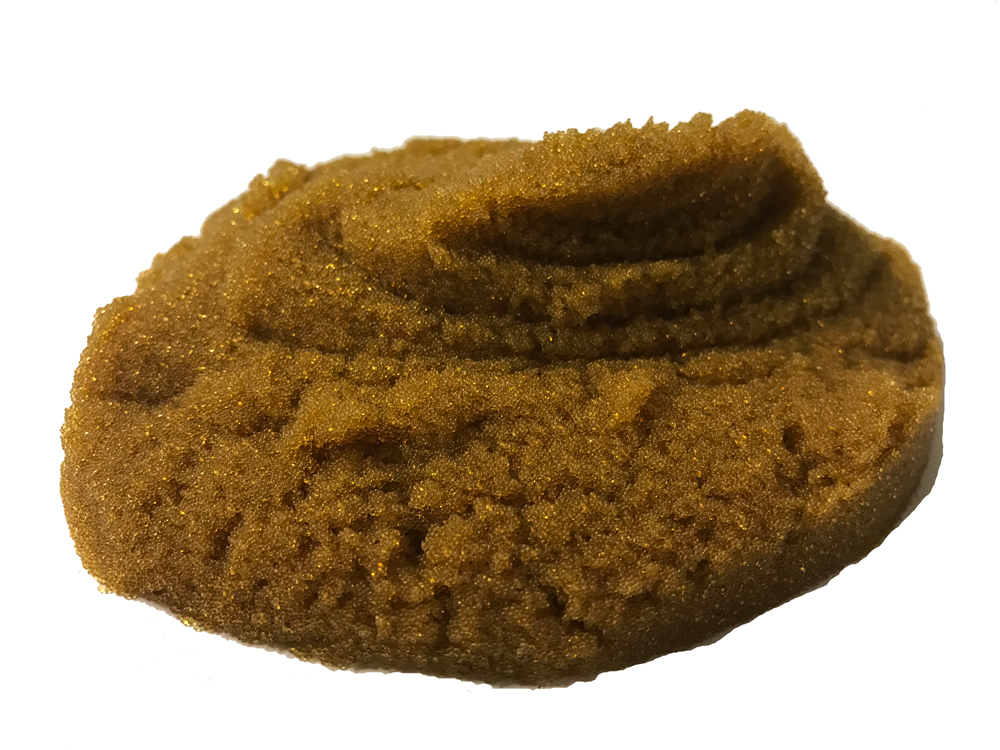
Ion Exchange Water Treatment by Prosep Filter Services
Ion exchange water treatment, also called water softeners, has a wide range of applications, both small and large scale. Whilst they are most commonly used to reduce hardness in water, they may also be used to reduce Nitrates, Lead, Aluminium, Iron, and Manganese. They are particularly useful because they are effective over a wider pH range than oxidising media.
Uses
Reducing hardness in water (water softening); reduction of nitrates, lead, aluminium, iron and manganese.
Additional Information
How Does It Work?
We use ionic exchange units equipped with automatic backwash valves to reduce iron and manganese. Each unit consists of a composite vessel filled with suitable ion exchange media, and these automated valves are positioned at the top of the water treatment vessel.
In addition, a brine tank holds salt tablets, which create the brine solution necessary for regenerating the ion exchange media.
Next, water flows through the control valve and into the vessel. Iron and manganese ions attach to the media as they move through the resin bed, effectively displacing sodium ions. Consequently, the outgoing water has reduced iron and manganese levels, although it contains slightly higher sodium levels.
Furthermore, the resin requires periodic refreshing, depending on the water used. This process involves flushing a small amount of brine solution drawn from the tank through the vessel. The higher sodium concentration then displaces the iron and manganese into wastewater. After this step, the unit enters a rinse cycle to remove the brine solution, ensuring the system is clean. Once this process is complete, the resin is refreshed and ready to start again.
Below is our Ion Exchange Media.

